Building of the Day: 380 Fulton Street
Balch, Price & Co. was the finest of Fulton Street’s specialty stores.

Photo by Scott Bintner for Property Shark
Brooklyn, one building at a time.
Name: Originally the Balch, Price & Co. Building, now occupied by Lane Bryant
Address: 380 Fulton Street
Cross Streets: Corner Smith Street
Neighborhood: Downtown Brooklyn
Year Built: 1915, with major alterations in 1935
Architectural Style: Renaissance Revival, with Art Deco alterations
Architect: Seymour & Schoenwald, 1935 alterations by George Schoenwald
Other works by architect: Mixed store/office buildings in Manhattan, single family homes in Queens. Store/office building alterations mostly in Manhattan.
Landmarked: No
The story: In 1832, two men named Galt and Bigelow opened a men’s hat shop on Fulton and High Streets. Brooklyn was still a village then, but a good hat and fur shop was a sign that this town was going somewhere. Later, in 1864, as Brooklyn grew as a city, James N. Balch and George C. Price bought the company, and in 1869, changed it to Balch, Price & Company. In 1874, they moved further down on Fulton Street, where a major shopping district was being born, and set up a larger shop near the corner of Fulton and Smith Streets. By the turn of the 20th century, they had expanded from their other locations, and were also leasing space in the Baldwin Building, on the corner of Fulton and Smith. The business, at the time, was more geared to men, than women, with the sales of fur top hats, bowlers and other fur hats the company’s bread and butter. They expanded their line to fur trimmed leather gloves, and fur trimmed men’s coats, scarves and accessories. In 1912, the company bought the Baldwin Building, and tore it down, and built the building we see today, sort of.
The new Balch, Price & Co. Building was designed by the firm of Seymour & Schoenwald, who had offices in Manhattan, at one point, somewhere in the Grand Central Station building. The company specialized in stores, mixed store and office buildings, hospitals, and a few private homes in the New York City area, and Long Island. They built a handsome six story Renaissance Revival building with an overhanging cornice shading a light colored brick building with limestone trim. The bottom two floors were given over to the retail part of the business, with additional private showrooms up on the third floor, along with sales space for men’s and women’s hats and gloves. The fourth floor was the workroom, where the cutting, sewing and finishing of fur coats, and other merchandise took place. The fifth floor held storage; the fur inventory, where skins were matched and cut, and the firm’s millinery operation was up here, too. The top floor was also reserved for offices and more workrooms, and the building’s basement held the cold-storage vaults where client’s furs could be stored, as well as pelts and skins. Of course, all of the building’s systems were down there, and so was the shipping department.
Balch, Price & Co. was the finest of Fulton Street’s specialty stores. Fur was their stock in trade, and when the new building opened in 1916, they switched their focus from men to women, carrying fur coats, cloth coats trimmed in fur, hats and gloves, and accessories, and a selection of evening and specialty clothing. Everything was made in house. The store’s selling floors were not crammed with miles of goods, like some of the department stores, but had only a few items out, and on the racks.
The store had models walking around showing the designs, and had the goods hidden away, so that personal service was the only way to go. They also had a lot of fashion shows. An experienced salesman or woman was in charge of the customer. These salespeople were so good, and so specialized, that when they left Balch, Price and went anywhere else, they were used in their new employer’s ads; “Mrs. XX, formerly of Balch, Price, is now here at our emporium, able to meet your shopping needs.”
Needless to say, Balch, Price was kitted out in the finest of store fixtures, and at the opening, had a delicate blue carpet on the ground floor, with fine walnut cabinetry and sales cases. The second floor was in a delicate cream. This was where the evening wear and lingerie was, and again, only a few examples were on display, with private dressing rooms surrounding the space, with double and triple mirrors on the walls.
The store grew in popularity and sales. They had to undergo a strike by members of the furrier’s union, but they increased their worker’s salaries and moved on. The store was still quite successful, even through the Depression. In 1935, Eleanor Roosevelt paid the store a visit, and afterwards was often photographed in an ermine wrap she purchased there. That year, Balch, Price & Co. decided to modernize their store, and the original architect, George Schoenwald, designed a new Art Deco façade and interior, and expanded the spaces, which included a new cold storage facility, that could hold over two million dollars’ worth of furs during the summer months. This is the façade we now see on the store, which itself has been slightly altered at the store levels.
In 1942, as World War II was raging in Europe, Balch, Price and Co. was celebrating its 111th year. They’d come a long way from a small fur hat shop. But tragedy happened in 1944. On September 29th, 1944, at 2:30 in the afternoon, an explosion rocked Fulton Street, affecting the store, the streets outside, and the subway below. One man was killed, and seventeen others were hospitalized, eight of them for serious injury, including inhaling ammonia fumes. A large ammonia tank had exploded next door to this building, on the Smith Street side. It was part of the basement refrigeration system that fed next door into the company’s cold storage vaults. The explosion and resulting fire gutted the ground floor store area, and sent people running into the streets. Charles Schleher, the plant’s refrigeration chief engineer was the sole fatality. The fumes, as well as the blast, killed him.
The company was able to rebuild, with Brooklyn’s officials and retail community coming together for the funeral, hospital visits, and to help with expenses. Balch, Price & Co. continued in business for at least a decade more. I wasn’t able to find out exactly when they went out of business, but the building seems to have changed hands in 1967. It’s been a Lane Bryant ever since. Lane Bryant is an old company itself, and has been on Fulton Street since at least the 1920s. They don’t seem to totally utilize all of the floors, however. Like most stores everywhere, there is nothing original in the space. Balch, Price & Co, is a forgotten memory, part of the long history of Fulton Street, in Downtown Brooklyn. GMAP
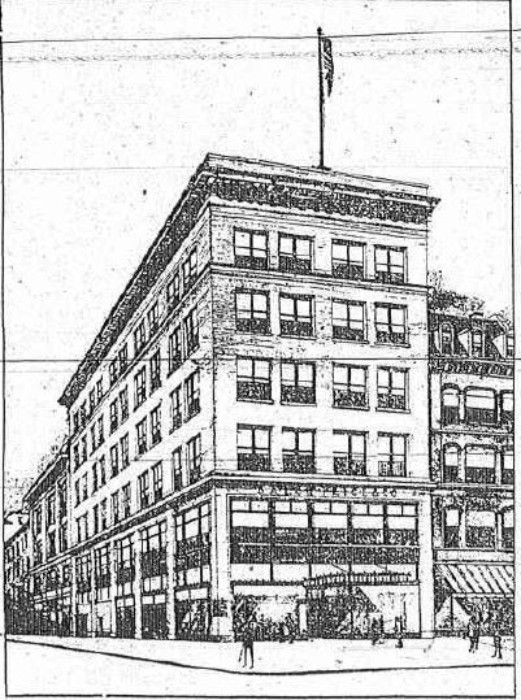
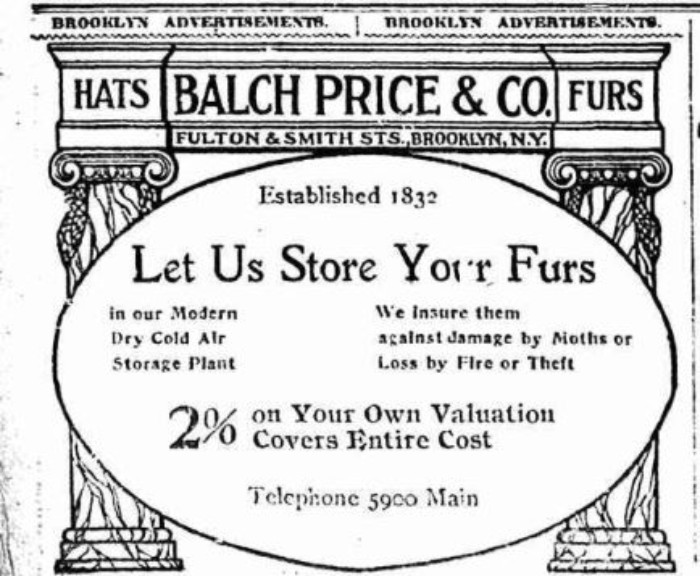
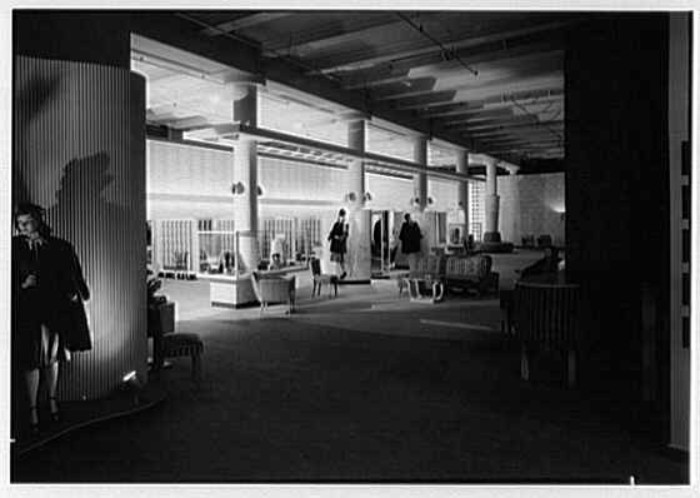
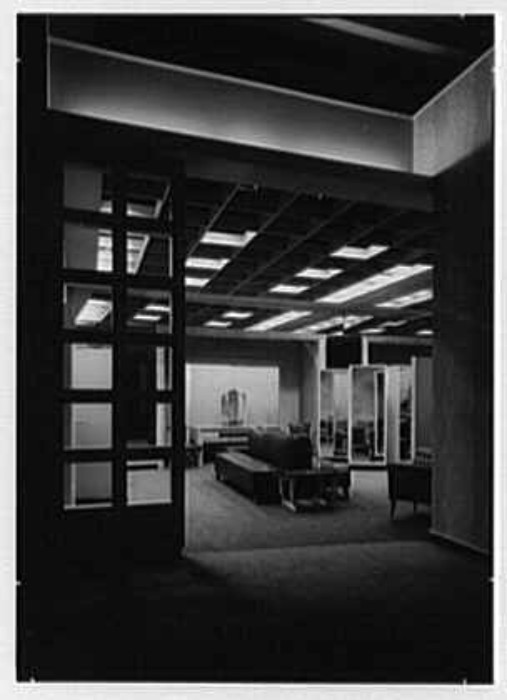

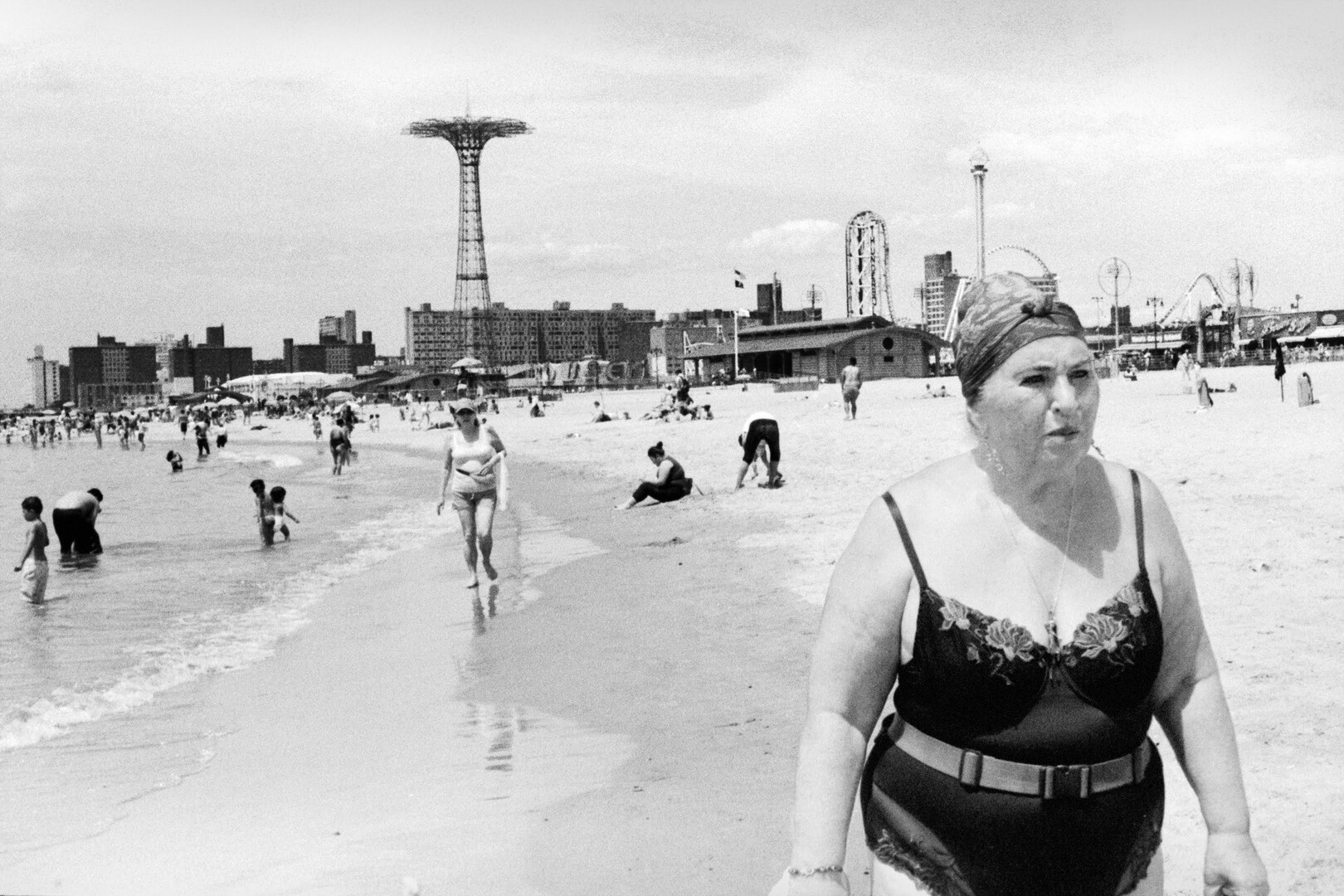
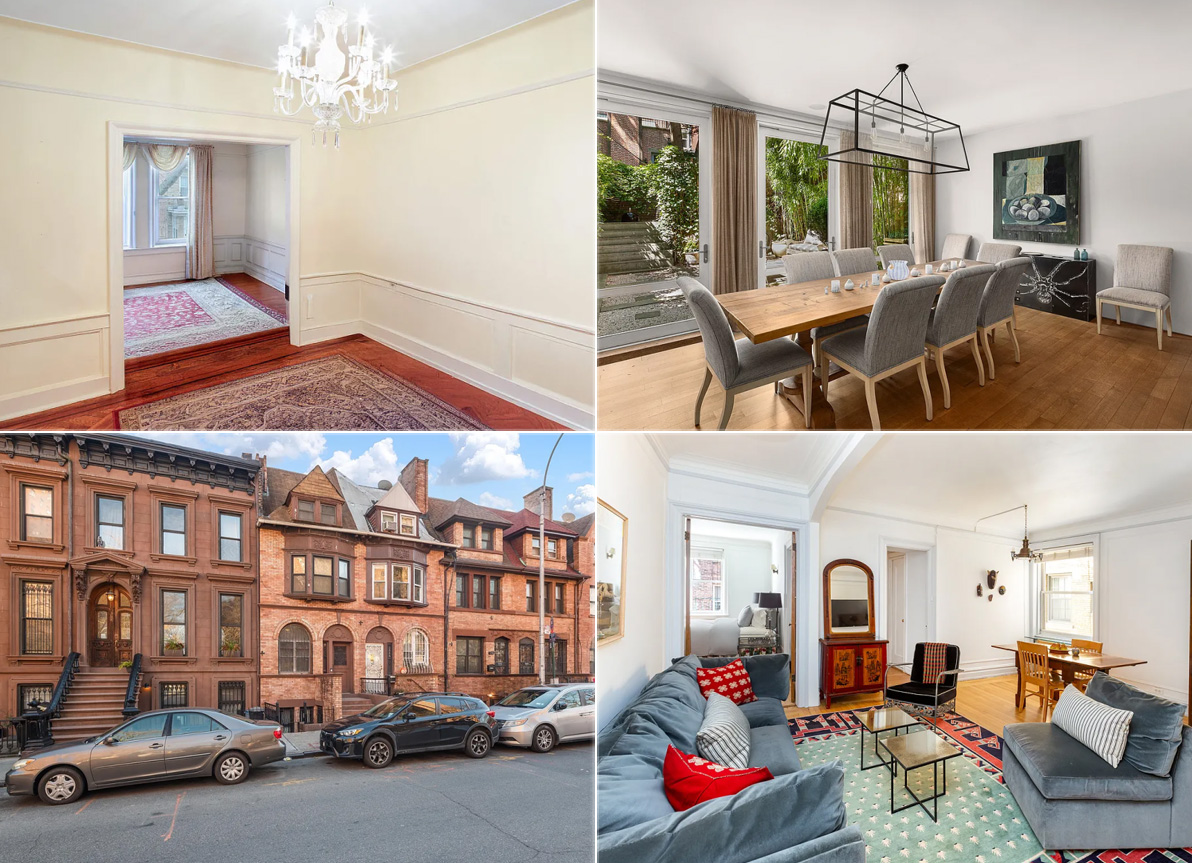
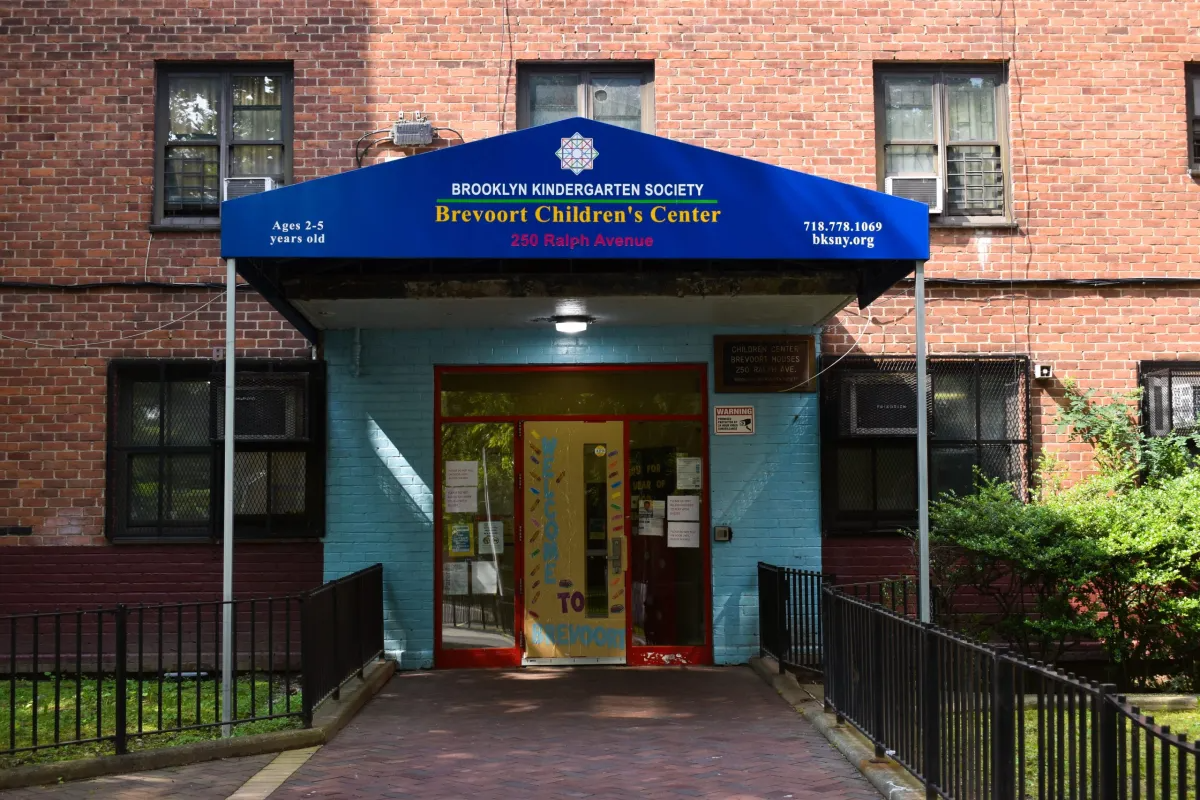
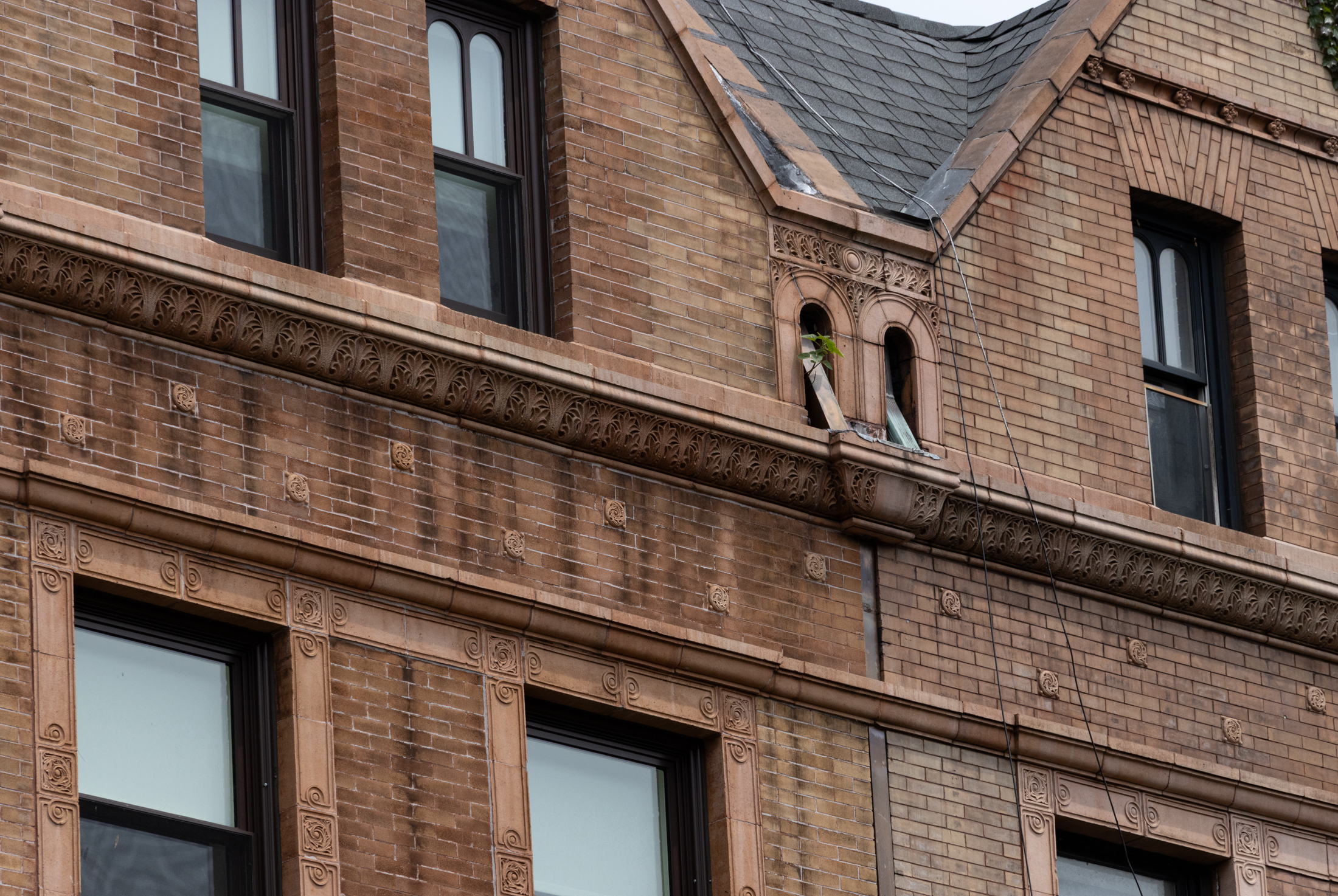
What's Your Take? Leave a Comment